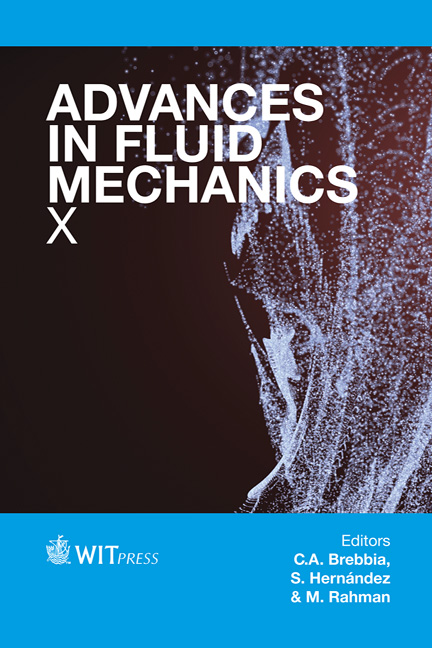A Comparative Study On The Hydrodynamics Of Liquid–liquid Hydrocyclonic Separation
Price
Free (open access)
Transaction
Volume
82
Pages
10
Page Range
361 - 370
Published
2014
Size
457 kb
Paper DOI
10.2495/AFM140311
Copyright
WIT Press
Author(s)
H. H. Al-Kayiem, H. Osei, K. Y. Yin & F. M. Hashim
Abstract
The productivity of wells with a higher water–oil ratio can be improved by the use of a liquid–liquid hydrocyclone separator in the downhole. This system presents an excellent water flooding technique as the water separated downhole is pumped back into the same formation. The produced fluid undergoes a lot of orientations and motions from the time it enters the hydrocyclone until it exits the outlets. This paper helps bring to light the hydrodynamics of the liquid–liquid hydrocyclones, explaining how the fluid behaves once it is within the hydrocyclone, in order to achieve efficient separation. Analytical solutions were used to analyse some of the important flow pattern phenomenon within the liquid–liquid hydrocyclone. The fluid properties considered in this work are similar to that of the Malaysian Bayan offshore field. The results showed that the flow reversal radius was paramount in determining the separation efficiency. There were two existing swirling zones. In the inner zone the light fluid fraction is spiralling upwards, while in the outer zone the heavier fluid fraction is spiralling downward against the walls of the hydrocyclone. Keywords: hydrocyclone, oil/water separation, downhole separation, liquid–liquid separator.
Keywords
hydrocyclone, oil/water separation, downhole separation,liquid–liquid separator.





